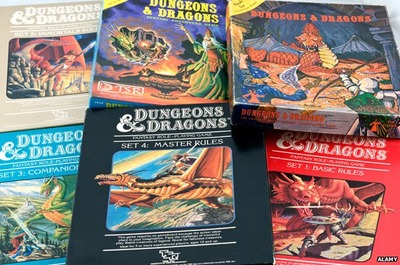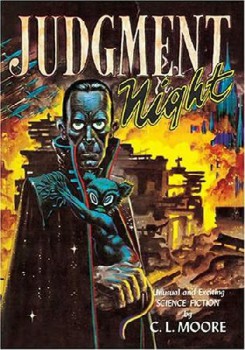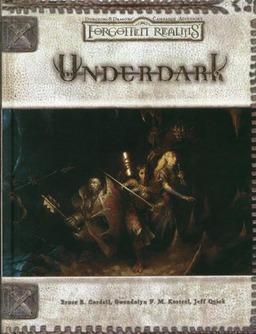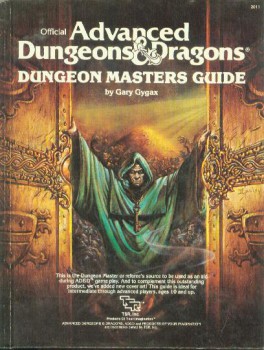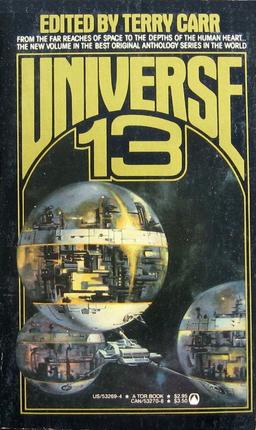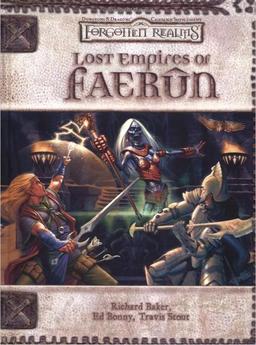Vintage Treasures: Charles de Lint’s Wolf Moon, and a Tale of Roving Booksellers
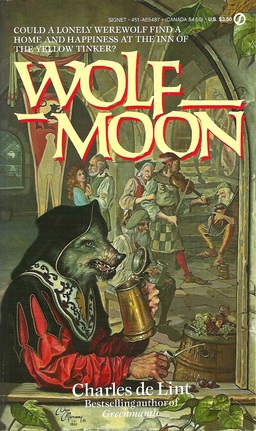 It pays to know excellent booksellers.
It pays to know excellent booksellers.
On Tuesday, Rich Warren, co-owner of Starfarer’s Despatch, posted a pic of Charles de Lint’s 1988 Signet paperback Wolf Moon on Facebook and later this brief review:
What a blast. Just finished this one this morning. A tale sympathetic to the Werewolf, and told from his point of view. I know there are De Lint fans who enjoy his urban fantasy (Newford) more but the great writing is still present in these older fantasies.
My comment was concise, but completely heartfelt: “I need this book! Rich, sell me one!”
I meant it, too. Wolf Moon was reprinted in 2004, with a generic urban fantasy cover, but the 1988 paperback original, which boasts a fabulous cover by Dean Morrissey, showing a werewolf relaxing in The Inn of the Yellow Tinker, is much harder to come by.
Three days later, I returned from my business trip to Las Vegas. I drove straight from the airport to the Westin hotel in Lombard, Illinois, and arrived shortly before the Dealer’s Room closed at Windy City Pulp and Paper, one of my favorite local cons (the write-up I did on last year’s is here). I wasn’t in the room five minutes before I heard a friendly voice calling my name: Arin Komins, Rich’s wife and the other half of the splendid enterprise that is Starfarer’s Despatch.
“We have a book for you,” Arin said. We found Rich and, sure enough, he pulled a beautiful, unread copy of Wolf Moon out of his backpack.
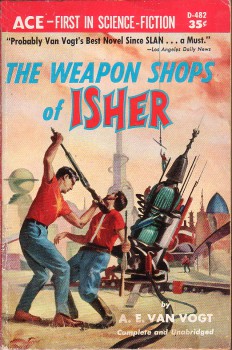
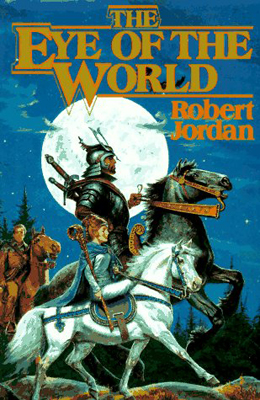 The nominees for the 2014 Hugo Awards have been announced by LonCon 3, the 72nd World Science Fiction Convention, and let’s not mince words: it’s a wacky ballot.
The nominees for the 2014 Hugo Awards have been announced by LonCon 3, the 72nd World Science Fiction Convention, and let’s not mince words: it’s a wacky ballot.
